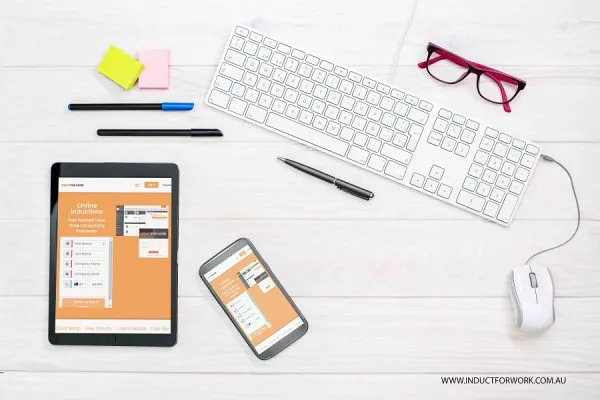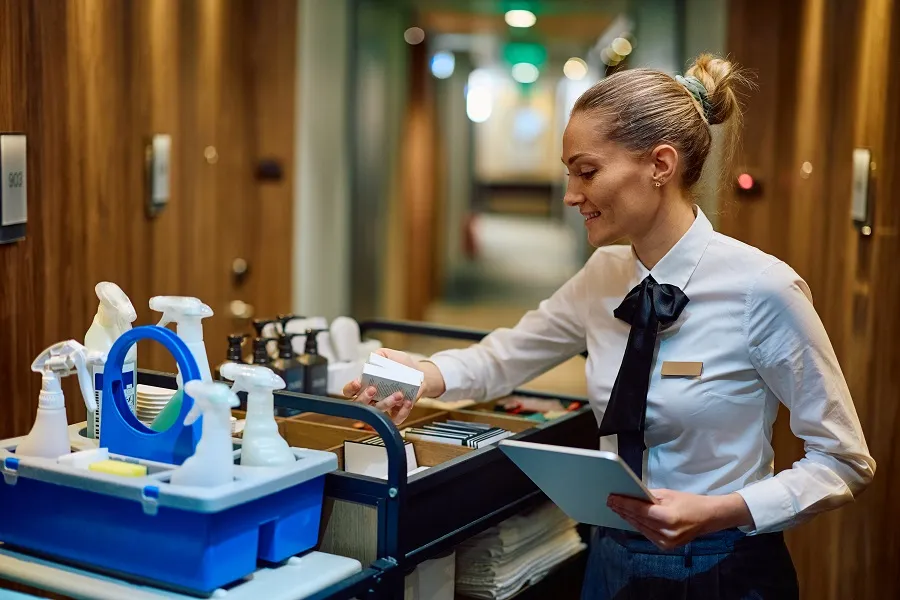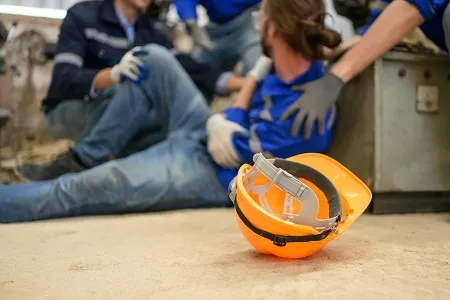How to create a mental health plan for your employees
It’s a fair call to say the workplace landscape looks very different heading into the end of 2020 than it did at the start. And the virus of 2019 is, largely, responsible for that.
Bringing with it both opportunities and drawbacks, the pandemic has thrust the very nature of employment into the spotlight, particularly the way in which workforces can – and do – operate.
What’s emerged are new norms, such as the widespread working from home – and it’s clear, perhaps more than ever before, how important mental health is to the wellbeing of not only staff, but also employees.
So, how do you safeguard your own mental health and that of your employees? How do you create a nurturing but accountable, often remote, environment of success that works not just in stressful times, but long-term as well? Here are four crucial elements.
- Strong communication and engagement are a must
Honest and open lines of communication and engagement are crucial in the commercial landscape. They are the cornerstones of best practice in corporate mental health, and that’s true whether staff are working from home or not. That doesn’t mean every employee needs to know every facet of the business – just that they need to feel invested in the place where they work and have the opportunity to remain up to speed on both developments that will impact them and the contribution they have to make. After all, a worker who feels sure of their place and of the future will always be more settled and less stressed than one who doesn’t.
For maximum effectiveness, this process of communication and engagement needs to start with onboarding, where it’s important to give newcomers the full picture of your company – what it does, how it operates, how it’s structured, who the key players are, what’s required of them and who they can turn to for help and questions. But communication also needs to be a two-way street. Your employees are the direct conduit to the drilled-down processes and procedures of your company, and the way they both hinder and help. So if anyone is going to be across what’s working and isn’t, it’s them. So you need to make sure there are avenues for 360-degree feedback built in from the start. After all, engagement and the commitment that goes with it, is a two-way street.
- Be attune to the unique challenges of managing a remote workforce
Working away from the office – where a team environment and source of industry wisdom are always close at hand – will likely bring into sharp focus the strengths and weaknesses of your employees. And when it does, it’s important to tread carefully, just as you would with an in-office situation. Yes, you need to recognise and reward great efforts, but of more pressing concern are the areas where work is needed. But here, don’t make it about what people are doing wrong, especially if it’s a new job that has evolved with the transition to a remote workforce. Instead, make it a positive attitude, one that’s about how the company can help them grow into the task. In the majority of cases some training and reorientation are all that’s needed, and opening up the opportunity for both will bring great rewards. At worst, you may need to reallocate the task, which you shouldn’t shy away from doing. After all, people have different skill sets and filling their days with tasks they’re not up to does no one any favours.
- Support but don’t suffocate
No one likes a micromanager – especially one who’s trying to keep you under the thumb remotely. Granted, for you it may be about an issue of control or concern, but to an employee, it sends a clear message – that you don’t trust them. And nothing is guaranteed to sap motivation and energy faster. So don’t try to be across every minute of their day. Instead, set clear and concise guidelines and expectations and give them freedom and initiative to work towards their targets and tasks as they see fit, with accountability and responsibility for their own work. Good employees know what needs to be done and when to ask for help, so supporting their judgements in both fields will allow them to thrive in an environment where they feel nurtured and valued, not coerced.
- Create the right environment
Good mental health doesn’t just come down to the personalities and resilience of your employees. It’s about creating and fostering the right environment for them to flourish in. And that starts at the top. An atmosphere and culture that’s built around fear for their jobs, unrelenting competition with colleagues or unachievable targets is one that’s almost guaranteed to negatively impact their health and wellbeing. And people who live in a constant state of dissatisfaction, despair or unhappiness won’t bring their A-game to your bottom line. So, instead, work to create a company culture that nurtures its people, even in a high-stress industry.
At a minimum, this means having a clearly defined mental health and wellbeing policy that covers such topics as where to go for confidential guidance and assistance. Many companies will also include gym access or similar in their benefit packages, understanding that the physical underpins the mental. These are all important steps for ensuring employees feel supported, but it’s equally crucial to have a personal focus as much as a company wide one. So encourage line managers to do one-on-one checks-in with their reports regularly, whether that be a quick coffee or a phone chat. And crucially, if you do become aware that someone is struggling, make sure to open up the channels of support and communication – and then follow-up to ensure everything possible is being done to help them work through their circumstances, not just because of legal onus but because care is a key part of company culture.
Do you have any questions or great tips to share?
Induct for Work – the only online induction system you would need to run online inductions.



